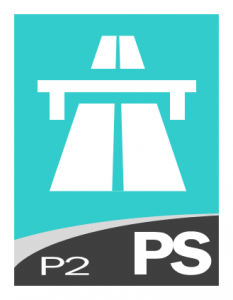 The Public Services Indicator refers to the presence of basic state functions that serve the people. On the one hand, this may include the provision of essential services, such as health, education, water and sanitation, transport infrastructure, electricity and power, and internet and connectivity. On the other hand, it may include the state’s ability to protect its citizens, such as from terrorism and violence, through perceived effective policing. Further, even where basic state functions and services are provided, the Indicator further considers to whom – whether the state narrowly serves the ruling elites, such as security agencies, presidential staff, the central bank, or the diplomatic service, while failing to provide comparable levels of service to the general populace – such as rural versus urban populations. The Indicator also considers the level and maintenance of general infrastructure to the extent that its absence would negatively affect the country’s actual or potential development.
The Public Services Indicator refers to the presence of basic state functions that serve the people. On the one hand, this may include the provision of essential services, such as health, education, water and sanitation, transport infrastructure, electricity and power, and internet and connectivity. On the other hand, it may include the state’s ability to protect its citizens, such as from terrorism and violence, through perceived effective policing. Further, even where basic state functions and services are provided, the Indicator further considers to whom – whether the state narrowly serves the ruling elites, such as security agencies, presidential staff, the central bank, or the diplomatic service, while failing to provide comparable levels of service to the general populace – such as rural versus urban populations. The Indicator also considers the level and maintenance of general infrastructure to the extent that its absence would negatively affect the country’s actual or potential development.
Questions to consider may include*:
General Provision of Public Services
- Public Services Equality: Is there equal access to public services?
- Public Services General: What are the general conditions of public services?
Health
- Access to Medicine: Do people have adequate access to medicines?
- Number of Clinics or Hospitals: Are there an adequate number of medical facilities for the population?
- Number of Physicians: Are there an adequate number of medical professionals for the population?
- Infant Mortality: What is the infant mortality rate – actual and projected?
- Potable Water: Is there access to an adequate potable water supply?
- Sanitation: Is sanitation system adequate?
Education
- Education Enrollment: What is the level of school enrollment? Is it different for boys versus girls?
- Literacy Rates: What are the literacy rates? Is it different for boys versus girls?
Shelter
- Access to Housing: Do the poor have access to adequate housing?
- Housing Costs: Are housing costs in line with the general economy?
Infrastructure
- Roads: Are roads adequate and safe?
- Airports: Are there adequate airports for sustainable development?
- Railroads: Are there adequate railroads for sustainable development?
- Fuel Supply: Is there an adequate supply of fuel?
* Indicator descriptions are not exhaustive, and are intended only as an entry point for further interpretive analysis by the user.